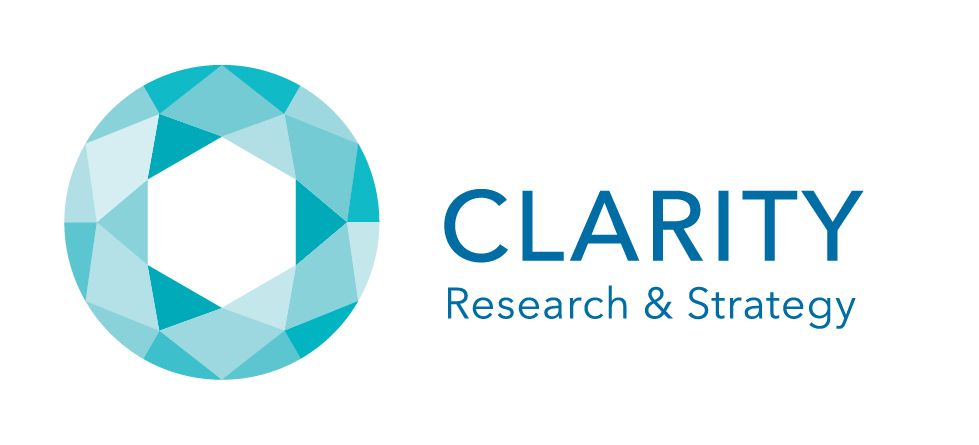Great research isn’t just about the numbers. It’s about understanding the humans behind them. When we look at data without context, we risk seeing only half the picture. That’s where the human element in market research comes in—layering emotional intelligence onto analytics to reveal deeper, more actionable insights. In a world saturated with data, the brands that win are the ones that know how to interpret it with empathy, intuition, and strategic clarity.
Why Context and Emotion Matter in Market Research
Traditional market research often focuses heavily on quantitative inputs—survey responses, behavioral data, A/B test results. While essential, these tools don’t always capture the subtle drivers of consumer behavior: feelings, motivations, cultural cues, and personal values. This is where emotional intelligence becomes a crucial layer in the research process.
By tapping into the human element in market research, organizations can connect the dots between what audiences say and what they truly mean. It’s not just about gathering insights—it’s about gathering clear insights that drive strategy forward.
How the Human Element in Market Research Elevates Strategy
Emotional intelligence doesn’t just enhance research—it transforms it. By integrating the human element into every phase of the process, brands unlock richer, more context-driven strategies. Here’s how:
1. Active Listening Unlocks Deeper Truths
It starts with listening—not just to what participants say, but how they say it. Emotionally intelligent researchers know that tone, pauses, facial expressions, and body language often speak louder than words. They listen actively and empathetically, tuning into subtle emotional signals that reveal unspoken concerns, desires, and motivators.
This type of listening helps uncover:
- Latent needs customers may not articulate directly
- Emotional triggers influencing decision-making
- Language patterns that reveal values and identity
When emotional nuance is captured, findings become more than just factual—they become insightful.
2. Empathy Shapes More Meaningful Questions
Questions shape answers. Researchers with strong emotional intelligence craft research instruments—surveys, interview guides, discussion prompts—that respect participant perspectives and invite authentic responses.
For example:
- Instead of asking, “Why don’t you like this product?”, an empathetic approach might be, “Can you describe how this product made you feel during use?”
- Instead of focusing solely on behavior, researchers explore context: “What was happening around you when you made that decision?”
This shift leads to responses rooted in human experience—not just logic.
3. Interpretation Moves from Data to Storytelling
With the human element in market research, interpretation becomes storytelling—not in the fictional sense, but in constructing narratives that help businesses understand their audiences, not just segment them.
Researchers use emotional intelligence to:
- Connect data points with lived experiences
- Identify recurring emotional themes across interviews or ethnographies
- Translate complex findings into clear, relatable stories for decision-makers
These narratives inform marketing, branding, and customer experience strategies that resonate on a deeply human level.
4. Strategy Becomes Purpose-Driven
The ultimate value of emotional intelligence in research is clarity—clarity in who your customer is, what they care about, and how your brand can serve them meaningfully.
By understanding the human element in market research, strategy stops being reactive and starts being intentional. Campaigns become more inclusive, messaging becomes more emotionally attuned, and innovations are guided by empathy—not assumption.
This is how market research stops being a data dump and starts being a catalyst for real, transformative business growth.
What It Means for Your Brand—and the Industry
Incorporating the human element in market research isn’t just a “nice to have.” It’s becoming a competitive necessity.
As organizations face increasingly complex audiences with rapidly shifting expectations, clarity in decision-making becomes harder—and more critical. Emotional intelligence in research provides that clarity. It helps businesses develop authentic messaging, design better customer experiences, and stay ahead of cultural shifts before they become seismic.
In short: integrating the human element leads to clearer insights, clearer direction, and ultimately, clearer growth.
If your current research strategy isn’t delivering the clarity you need to lead confidently, it may be time to shift the focus from just data to data with depth.
Lead with Clarity—Start Today
To make smarter, more human-centered decisions, infuse your research with emotional intelligence. Let CLARITY Research & Strategy help you gain true insight—not just information.
Schedule a Call (Contact Us!) and check out our latest book, “Three Wise Monkeys: How Creating a Culture of Clarity Creates Transformative Success.”
Because in a world full of noise, clarity is power.





